While I mourn the damage to Notre Dame, I can’t help notice that I don’t see this level of concern for our forests, our oceans, our water and air.
I never miss a chance to visit this cathedral when I travel to Paris. It is like an old book. It is like a family history. It is an arc floating beyond our own memories, containing aspirations and ambitions, as well as the sacred. It was shelter from the plague. It is a symbol of what we, as a society, are losing, made more flesh and bones by the smoke emanating from its spires.
My last visit there was an extended one. I spent the day in and on the cathedral grounds, and then the evening in its shadow writing and pondering at the venerable Shakespeare and Company books. I had been thinking about the crusades, about the various templar organizations, about their fervor. Their sacred and dutiful pilgrimages and vows. What must have been the conviction of their faith, of their certainty in the sheer necessity, for their survival, of the perseverance of Jerusalem, of the Church? The magnitude of effort and resources expended is astounding, even by today’s standards…
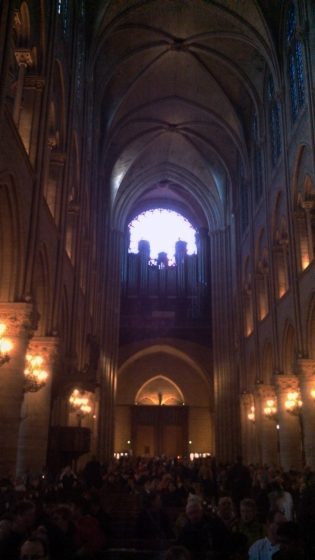
I marveled at the gargoyles, peering out over the City of Light. Like others before me, I wondered at their grotesqueness — “What are these fantastic monsters doing in the cloisters before the eyes of the brothers as they read? What is the meaning of these unclean monkeys, these strange savage lions, and monsters?[1]” I marveled at the wood, in the paneling, in the pews, in the finely carved ornate filigree. In the timbers above, the flying buttresses and vaults, bringing life to the mathematical fancy that was, nearly 800 years ago, experimental architecture. How many trees, I wondered then?
The fire has sparked interest in the structure, in the materials. “The roof was made of beechwood beams over 800 years ago. There are no longer trees of that size in France,” Bertrand de Feydeau, vice president of the French Heritage Foundation (Fondation du Patrimoine), told CNN on 16 April 2019. Beyond the roof, the frame required many trees. The Cathedrale Notre Dame de Paris is said to be affectionately referred to as The Forest because of the large number of wooden beams used in its construction. Each of the beams came from a different tree, many of which were around 300 to 400 years old. The building is structured upon 1,300 oak trees that represents approximately 21 hectares (ca. 50 acres) of forest.
The morning after I heard the news, I read the papers while watching the sun come up over the Gulf of Mexico. I read social media and joined in the posting of my own memories of the Cathedral. My friend Georgina Avlonitis, who works at UN Environment and is living on the other side of the planet from me, was awake, and posting about the fire on her social media feeds. She and I, and a host of commentators, began hashing through something I had been mulling in the daybreak half-light. Wasn’t it interesting that so many of our friends and associates were posting their memories, their photographs, of Notre Dame? Their vacation there 10 years ago, their well-meaning Quasimodo references, their home videos… Catholics, Protestants, Jews, Muslims, even atheists… feeling loss and tying themselves to that loss via nostalgia, via social media, via broadcasted place attachment. There’s status in being seen to be attached, it seems. Status in being connected.
My thoughts drift to the here and now: to refreshing my cup of coffee as the sun peaks over the Florida scrub lands of Cedar Key and bathes the Gulf of Mexico in golden light. Brown pelicans arrive to perch on the piers and inspect the smorgasbord as the tide goes out. The abandoned piers in row after row, pointing up, look strikingly like the frame of a burned building. Absentmindedly I read the packaging of the coffee I am preparing. Rainforest. Conservation. I look back at the flights of Ibis patrolling the beach edges. I am reminded of the Amazon, of the meeting of the waters, of the Rio Negro and the pink birds, the pink dolphins. The monkeys. My mind fixates on the monkeys momentarily and I recall waking up to the uncanny sound of howler monkeys from my tent, in a tree, north of the Amazon, in Costa Rica. I follow my stream-of-consciousness reverie with coffee to the macaque monkeys loitering at the Ellora Caves in India, the Vervet Monkeys pilfering picnics in the bushveld, the snub-nosed monkeys interrupting my meditation in Yunnan province, or the Snow Monkeys joining my hot springs soak in Japan. The baboon warrior that attempted to strong-arm my colleague in order to free her of her sandwich in Zambia, or was it Zimbabwe? These primates, these cousins of ours—where did they worship? What do they hold sacred? Foolish anthropomorphism. I watch the steam rising from my coffee, and the steam rising from the exposed rich and acrid smelling salt marsh. But their temple is their home, their forest, their hearth. Their Cathedral is their habitat.
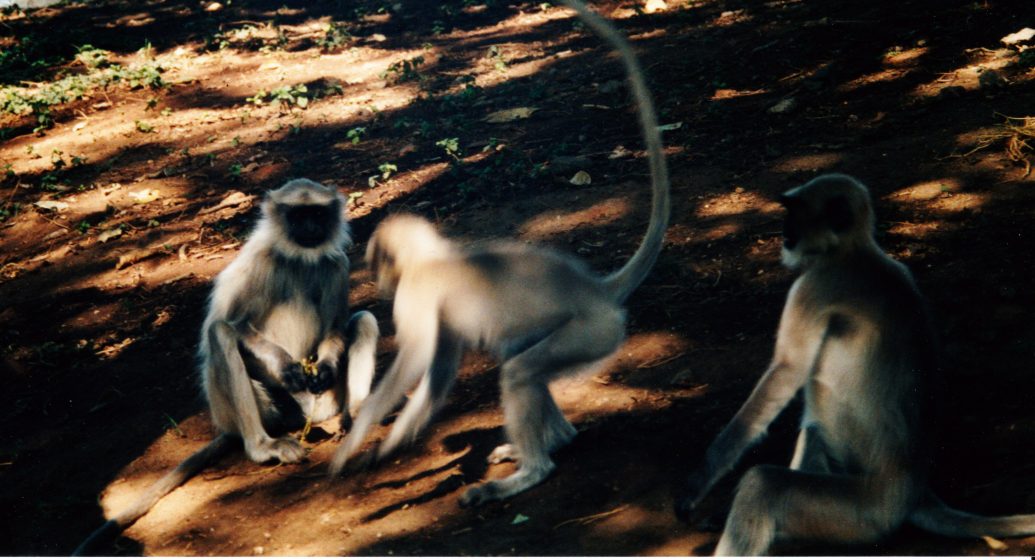
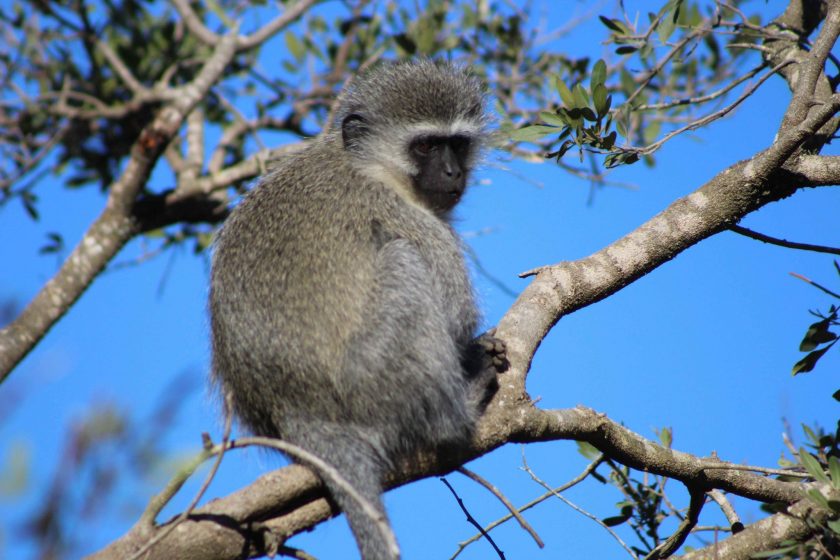
Current information shows the existence of 504 species of primates in 79 genera. According to a recent report[2], alarmingly, ~60% of primate species are now threatened with extinction and ~75% have declining populations. This situation is thought to be the result of escalating anthropogenic pressures on primates and their habitats—mainly global and local market demands, leading to extensive habitat loss through the expansion of industrial agriculture, large-scale cattle ranching, logging, oil and gas drilling, mining, dam building, and the construction of new road networks in primate range regions. Other important drivers are increased bushmeat hunting and the illegal trade of primates as pets and primate body parts, along with emerging threats, such as climate change and anthroponotic disease. In other words, primates are being driven from their burning cathedrals. We cut them down. Burn them. Farm them. Pave them. My social media notifier chimes, and I read more Notre Dame sentiment – “it took over 800 years to build and now it’s gone.” I am moved to tears by the juxtaposition of film footage of the Cathedral burning and mourning French citizens singing Ave Maria in vigil in the firelit darkness. And I can’t help recall the burning rainforest in the Amazon.

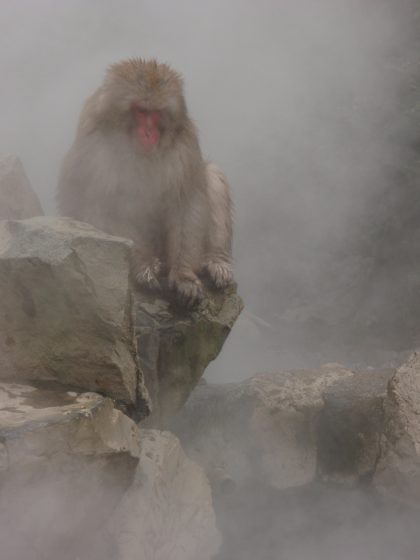
Would that we mourned as deeply the loss of our more ancient cathedrals. Would that we punched through the ecological amnesia that we demonstrate, especially we Westerners, so that we could see the conflagration before our eyes. While I mourn the damage to Notre Dame, I can’t help notice that I don’t see this level of concern for our forests, our oceans, our water and air. While I internalize the loss of stained glass and wooden artifice steeped in centuries of genuine piety, I can’t help recall the lack of crisis that surrounded the likely extinction of the northern white rhino, or the addition of more and more animals to the red list[3], or the continuing loss of the Amazon rainforest[4], casualties of our ecological disenfranchisement.
This affliction, this disenfranchisement, this prodigal parsing of ourselves—we mourn the loss of the great Notre Dame, built to contain our adulation for the great One in Three: Creator, Created, and the Life that binds us. And we should mourn, and allow the loss to settle in to our secular calendars still organized around Pashcal and Easter. And we should raise our eyes above the smoke, to the very trusses of our earthly home, those blue arches and white and gray frescoes.
We must rebuild Notre Dame, but we must also contemplate the reconciliation that must occur for a rebuilding, a reconnection, a restoration of the temples, cathedrals, mosques and synagogues that are the home of our fellows in Creation. Perhaps we must make new pilgrimages and visit these natural sacred spaces. And like the original builders of Notre Dame, we must simply have faith and immerse ourselves in the labors, knowing that, though we may not live to see it, perhaps our children will worship here in a restored Oikos, a restored cathedral, a restored spiritual, and physical home.
Keith Tidbll
Ithaca
Notes
[1] Leclercq, Jean; Rochais, H.M., eds. (1963). “Apologia ad Guillelmum abbatem”. Tractatus et opuscula. S. Bernardi Opera (in Latin). 3. Rome: Editiones Cistercienses.
2 https://advances.sciencemag.org/content/3/1/e1600946.full
4 https://www.sciencedaily.com/releases/2017/10/171018090212.htm






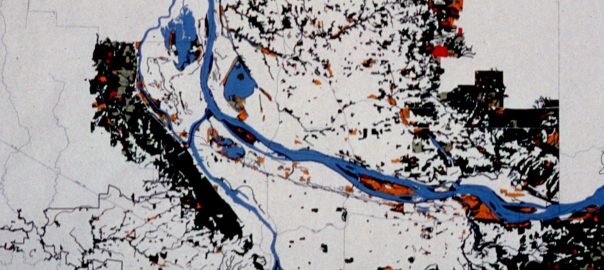
Leave a Reply